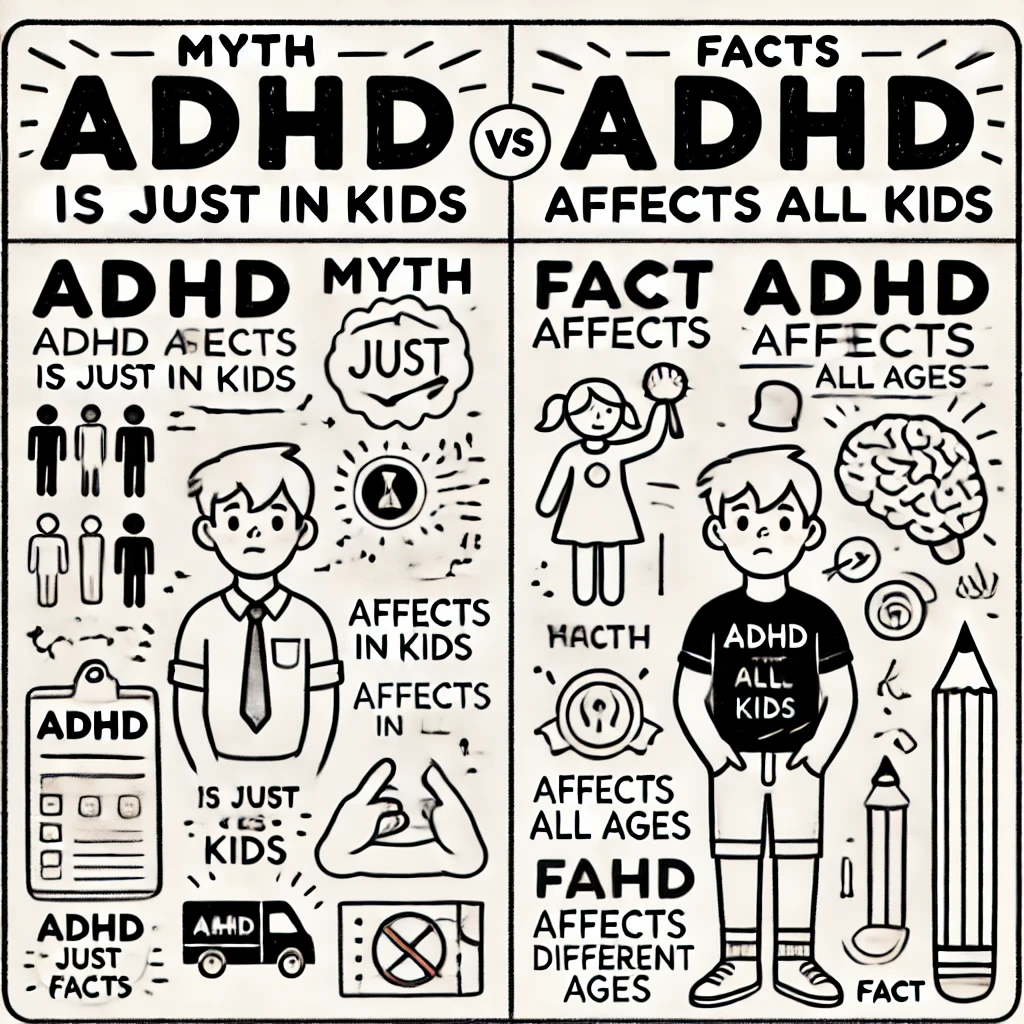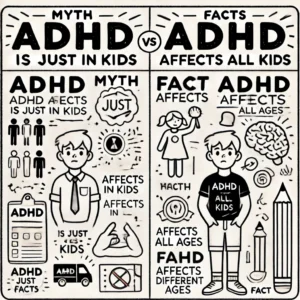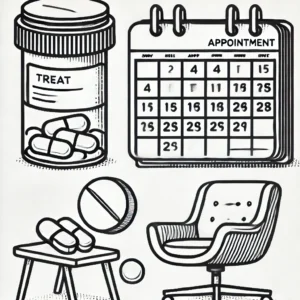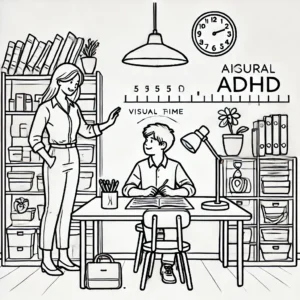ADHD, or Attention Deficit Hyperactivity Disorder, is a well-documented neurodevelopmental condition, but misconceptions still surround it. Myths about ADHD can lead to misunderstandings, stigma, and missed opportunities for those seeking support. Here, we’ll explore some of the most common myths about ADHD and present the facts to provide a clearer understanding of the condition.
Myth #1: ADHD is Just a Childhood Condition
One of the most pervasive myths is that ADHD only affects children and that individuals “grow out of it” as they age.
The Fact: ADHD is a lifelong condition. Although symptoms may change over time, many adults continue to experience challenges related to ADHD. Childhood symptoms such as hyperactivity might decrease with age, but issues with attention, impulsivity, and executive function often remain. Adults with ADHD may struggle with focus, time management, organization, and emotional regulation, impacting their work and relationships. Research from organizations like the UK ADHD Partnership highlights that early identification and support can significantly improve long-term outcomes for those affected by ADHD.
Myth #2: ADHD is Just an Excuse for Laziness or Lack of Motivation
Some people mistakenly believe that ADHD is an excuse for poor effort or a lack of willpower.
The Fact: ADHD affects executive function, not motivation. Executive function refers to the brain’s ability to organize, plan, focus, and execute tasks—core areas where ADHD individuals face challenges. These difficulties aren’t due to laziness but are rooted in how the ADHD brain processes information and manages tasks. People with ADHD often expend extra effort to accomplish everyday tasks, leading to exhaustion and frustration. Rather than lacking motivation, individuals with ADHD may have difficulty channeling their energy effectively. Organizations like Mind UK emphasize that ADHD symptoms are real, measurable, and rooted in neurological differences.
Myth #3: ADHD Only Affects Boys and Men
A long-standing myth is that ADHD primarily affects boys, often leading to the underdiagnosis of girls and women.
The Fact: ADHD affects both males and females, but it can present differently. Boys are more likely to display externalized symptoms, such as hyperactivity, which are more noticeable in classroom settings. Girls, on the other hand, are more likely to exhibit inattentive symptoms, which may be misinterpreted as shyness or lack of focus rather than ADHD. As a result, girls and women are often diagnosed later in life, sometimes not until adulthood. The ADHD Foundation is working to raise awareness about how ADHD symptoms differ between genders and advocates for greater awareness and gender-sensitive diagnostic practices.
Myth #4: Medication is the Only Treatment for ADHD
There’s a common belief that medication is the only solution for managing ADHD symptoms.
The Fact: While medication can be a helpful part of ADHD treatment, it’s not the only option. Many people with ADHD benefit from a combination of medication, behavioural therapy, coaching, and lifestyle adjustments. Cognitive Behavioural Therapy (CBT) can help individuals develop strategies to manage time, organization, and emotional regulation. Additionally, regular physical activity, a balanced diet, and structured routines can help reduce ADHD symptoms. A comprehensive approach to treatment, often called a “multimodal treatment plan,” is endorsed by the Royal College of Psychiatrists, recognizing that different individuals respond to various strategies.
Myth #5: ADHD is Overdiagnosed
Some people claim that ADHD is overdiagnosed, especially in children, leading to unnecessary treatments.
The Fact: ADHD diagnosis rates have increased over the years, but this is largely due to better awareness and improved diagnostic practices. ADHD remains underdiagnosed in certain groups, particularly girls, women, and minority communities. The rise in diagnosis is often misunderstood as overdiagnosis, when in fact, it reflects a growing recognition of ADHD as a legitimate, manageable condition. ADHD professionals, including those at the UK ADHD Partnership, emphasize that thorough assessments by trained clinicians are essential for accurate diagnosis and appropriate treatment.
Myth #6: ADHD is a Result of Poor Parenting or Bad Habits
Some people believe that ADHD symptoms result from ineffective parenting or a lack of discipline.
The Fact: ADHD is a neurodevelopmental condition with a strong genetic component. Parenting style does not cause ADHD, although a supportive home environment can make it easier for individuals to manage symptoms. Parenting strategies like setting consistent routines and providing positive reinforcement can help children with ADHD thrive, but they do not “cure” or “cause” ADHD. Scientific research has consistently shown that ADHD is linked to differences in brain structure and function, not parenting.
Myth #7: People with ADHD Can’t Focus on Anything
It’s commonly thought that ADHD prevents people from focusing on any task.
The Fact: Individuals with ADHD may struggle with maintaining attention on some tasks, especially if they are uninteresting or repetitive. However, many people with ADHD experience “hyperfocus,” where they become deeply engrossed in tasks they find stimulating or rewarding. Hyperfocus can last hours, during which the individual may lose track of time or ignore other responsibilities. Hyperfocus is one of the many complex aspects of ADHD, showing that focus difficulties in ADHD are nuanced and not merely a lack of attention.
Debunking Myths and Seeking Support
Understanding the realities of ADHD helps reduce stigma and supports those affected in seeking appropriate support. Accurate information from reliable sources like the ADHD Foundation and Mind UK is essential for creating a supportive environment for individuals with ADHD, ensuring they receive the resources they need to manage their symptoms effectively. By debunking myths, we create a more informed and accepting society where individuals with ADHD can thrive.









